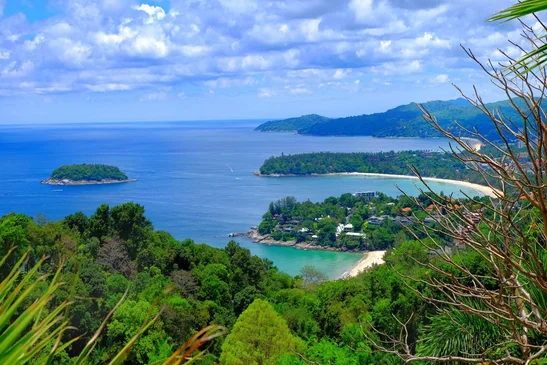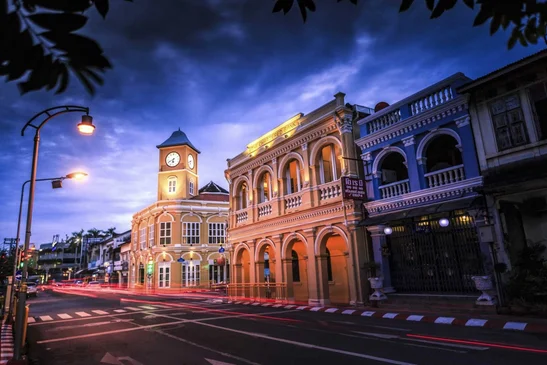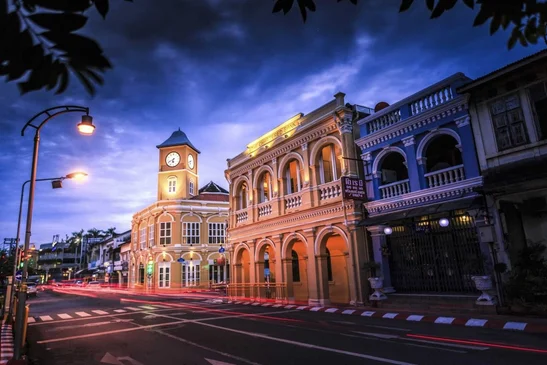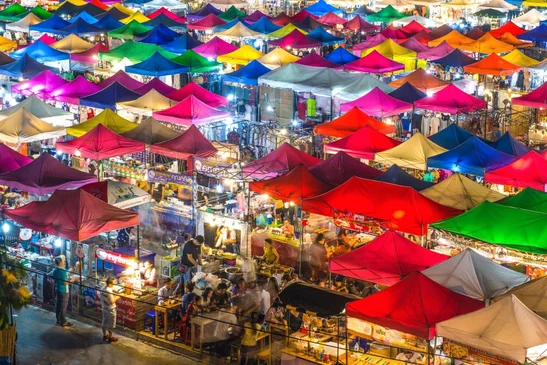Without context, one might not understand what is meant when discussing Phuket’s “green season”. This term is often used in marketing or promotion to make Phuket’s rainy season sound more positive and appealing. Regardless of what sounds better, the truth of the matter is that there are two distinct seasons: the “dry” season from about November-April, and the “wet” season from April-November. What makes Phuket such a popular tourist destination is that it just so happens that the most settled and pleasant weather of the year occurs when Western countries have Christmas/New Year’s holidays. Let’s look at some of the advantages and challenges associated with Phuket’s rainy season.

Pros
One of the most well-known benefits of the rainy season is the discounted travel costs. Hotels, resorts, and tour operators often offer significant discounts during the “low” season. Flights tend to be a bit cheaper as well, making it the perfect time for travelers to visit or even for residents to enjoy staycations. Hotels often have less than 50% occupancy rates making it feel like you have the place all to yourself.
Contrary to expectations of a tropical island, Phuket’s dry season can be so dry that foliage dries up a wilts and everything gets covered in a layer of dust. However, during the rainy season the frequent showers turn the island into a lush, green paradise. The island’s waterfalls are at their most impressive, and the jungled mountains are more vibrant and alive. For nature lovers, this is a magical time to explore the island’s forests and hidden trails.
In some ways, Phuket is a victim of its own success. During the tourist high season popular west coast beaches can be so crowded it’s difficult to simply take a walk. In the heart of the rainy season, you may see only a handful of people during a morning beach stroll. It also means less speed boat and jetski traffic in places like Kata and Patong.
Cons
On the flip side, the wet season does come with some drawbacks. The most obvious is, of course, the rain. While it’s rather uncommon for it to rain all day long, squalls can show up seemingly out of nowhere creating a sense of uncertainty when trying to plan activities. Outdoor excursions like boat trips or beach days need to be planned with some contingency. For those hoping for blue skies and sunshine, this can be disappointing.
Another con is the often rough sea conditions. The difference in the Andaman Sea’s conditions between the different seasons is night and day. The clear, calm, inviting tropical waters during the dry season can be unsettled and turbulent during the rainy season. Small craft advisories are common meaning no island hopping or snorkeling, and the waves on shore make for strong currents and hazardous swimming conditions.
Periodic flooding is another rainy season occurrence. Some low-lying areas flood easily which can slow down or stop traffic. Certain areas are more prone to flooding, however, these localized events rarely pose any dangers and drain fairly quickly.



















